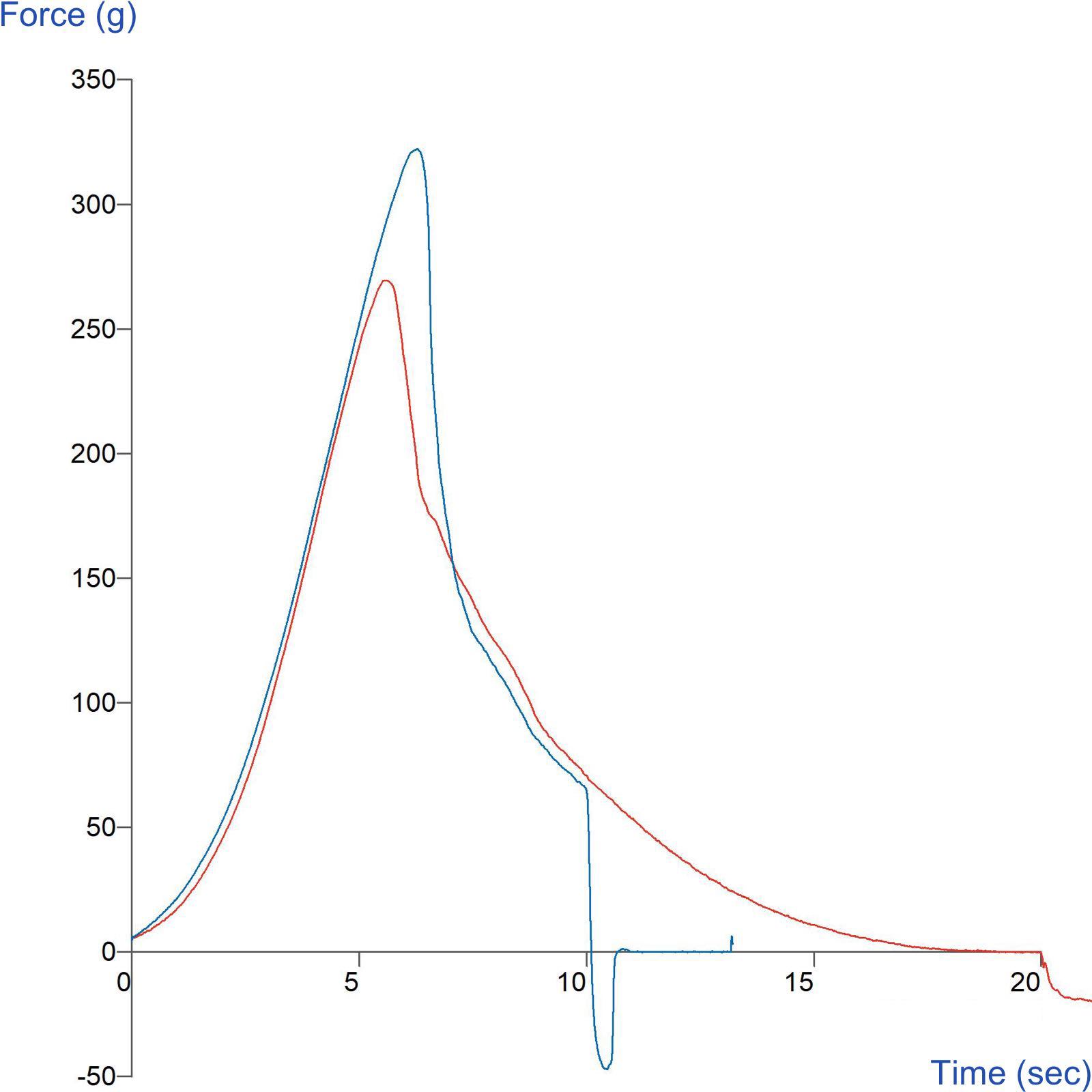Product overview
For the production of puff pastry, the base dough has to have an optimum elasticity and resistance to stretching. Measurement of the resistance of the dough to stretching can be of value in ascertaining puff pastry baking quality of a flour. Doughs made with different flours, however, pass through the optimum range of resistance and elastic recovery at different rates and after different relaxation times. It is well known that the toughness and resistance to stretching of wheat doughs diminish with time after mixing. Different flours behave differently in this respect; doughs mixed to an initial standard consistency have a higher resistance after a given rest period if made with strong flour than those made with weak flour. Pastry research has suggested that greater dough resistance and elasticity enable the dough layers to withstand better the stresses of lamination and baking, and therefore result in greater pastry lift. Doughs which are very tough, for example, as a result of extreme flour strength plus absence of rest periods or adding gluten strengthening substances, can result in loss of lift and considerable pastry shrinkage.
It has also been known for a long time that puff pastry base dough has to have special rheological properties. Therefore, a quality control method would give important information as to the processability of the product.
This attachment has been developed to perform extension and elasticity measurements on laminated pastry and tortilla dough. It can also provide secure and rapid location for many types of thin or sheeted samples. The rig consists of two plates that can be bolted together with the sample sandwiched between. The plates have holes through their centres which expose a circular section of the sample allowing a 1" spherical probe to be pushed through. It also accommodates a smooth support ring which prevents the breakage of samples at the inside edge of the holding plates.
The force and distance to extend the sample are measured and used as an indication of ‘deformation resistance’ and ‘extensibility’, respectively. For instance, if the ball probe can be pushed through the sample for a greater distance before breaking it has a higher extensibility characteristic. The force required for the deformation of the pastry depends on a number of factors including recipe formulation, temperature of the paste, the quality of the flour and fat, the paste thickness, and hence the weight of the section. The weight and the thickness of the section within the clamp orifice are found to be linearly correlated with the force required for deformation of the paste. A corrugated and highly layered structure also requires a greater force to be deformed than one containing fewer, relative straight layers.
Other applications could include burst testing on packaging films allowing the operator to measure strength, recovery and elasticity.
How does the Tortilla/Pastry Burst Rig work?
Typical graph

Ideal sample form
A thin or film-like material which can be successfully mounted without failure or major deformation over an aperture.
Benefits and limitations
- Two sample support options are offered depending upon sample flexibility
Technical information
Installation
Full installation instructions are provided within the Education Zone of the latest Exponent/Connect software version and on the technical information sheet accompanying this product.
Chemical compatibility
Stable Micro Systems probes and attachments are commonly made from four materials: anodised aluminium (AA6082 T6), stainless steel (316 T), Delrin (acetyl copolymer) and Perspex (polycarbonate).
In general use, probes and attachments made from these materials will be suitable for testing food products and inert non-food materials.
The four materials listed above are not universally resistant to all types of chemicals and as such the compatibility of the probe/attachment material with the product (to be tested) must be established to prevent damage to the probes and attachments. If the compatibility of the product with the probe is unknown to the customer then the chemical information about the product (Material Safety Data Sheet or Product Data Sheet) should be submitted to Stable Micro Systems. Stable Micro Systems will then assess the suitability of the probe/attachment material for use with the product and advise accordingly. If this advice is not sought then Stable Micro Systems will not accept liability for probes/attachments damaged by chemical attack from the product being tested.
Cleaning and maintenance
All probes and attachments may be cleaned in warm (or hand hot) water using a mild detergent. A soft brush may be used but abrasive cleaning aids should be avoided. Stable Micro Systems products should not be microwaved or cleaned in a dishwasher.
Screw threads should be lightly lubricated after drying using a light lubricant, e.g. petroleum jelly, mineral oil. This will aid the fitting and unscrewing of the item. Each component of a probe or attachment should be wrapped separately when stored, to avoid scratching or chipping. This will safeguard against any unnecessary damage to the accessory.


